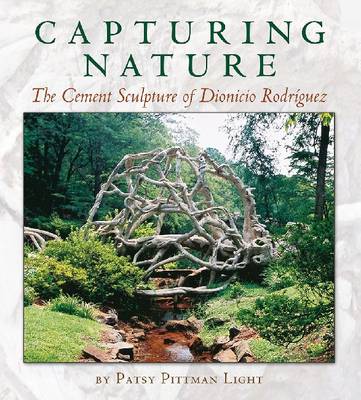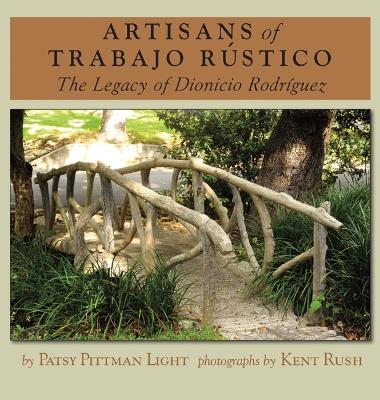Rio Grande/Rio Bravo: Borderlands Culture and Traditions
1 primary work • 2 total works
Book 12
Patsy Pittman Light has spent a decade documenting the trabajo rústico (""rustic work"") of Rodríguez, along with its antecedents in Europe and Mexico, and the subsequent work of those Rodríguez trained in San Antonio. Rodríguez’s unique and unusual art will fascinate those new to it and delight those to whom it is familiar. San Antonio sites such as the bus stop on Broadway, the faux bois bridge in Brackenridge Park, and the ""rocks"" on the Miraflores Gate at the San Antonio Museum of Art, along with the Old Mill at T. R. Pugh Memorial Park in North Little Rock and Memorial Park Cemetery in Memphis, are just a few of the locations covered in this volume celebrating the life and work of a Latino artisan.
Students and devotees of Texas and Southwestern art will welcome this book and its long-overdue appreciation of this artist. Additionally, this book will commend itself to those interested in Latino studies, art history, and folklore.
RodrÍguez captured nature in his work, but he also continues to capture our imagination. Drawing these artistic creations out of the urban landscape, Artisans of Trabajo RÚstico makes the nearly invisible fully visible to the critic, the historian, and especially to the casual viewer. Light asserts that San Antonio has the largest concentration of this art form in the country and includes copious full-color photography of the work of RodrÍguez and other artisans.
This handsomely illustrated and painstakingly documented work offers the broadest possible panorama for the craft and endearing familiarity of this form. Inspired by nature, built by hand, and placed in the service of the public, these 'rustic works' continue to provide enjoyment, convenience, and a touch of artistic elegance to public and private landscapes in San Antonio and beyond. Light and Rush's work affords a fresh and wide-ranging look at this important artisanal tradition.

